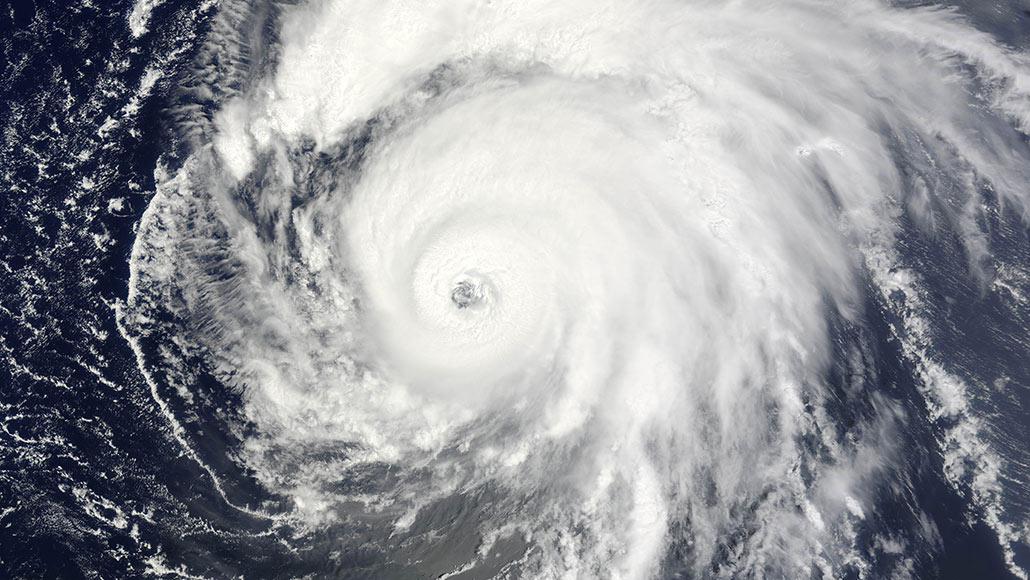
In August 2009, Hurricane Bill (shown) tracked northwest from Puerto Rico toward Newfoundland. As it passed offshore of New England, the winds churned up the ocean, which interacted with the seafloor to create stormquakes.
Jeff Schmaltz/MODIS Rapid Response Team/NASA Goddard Space Flight Center